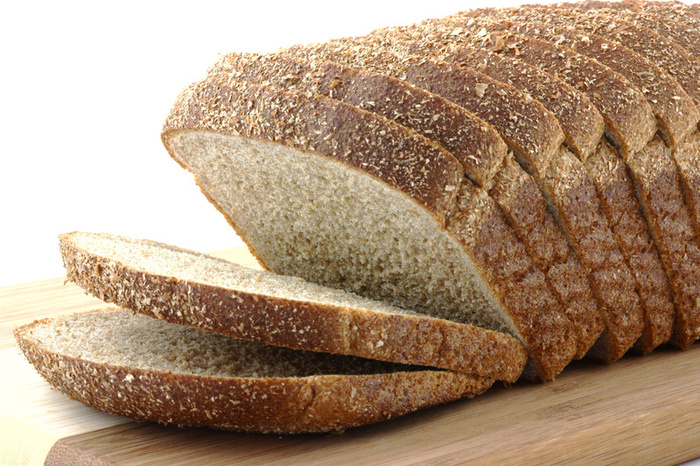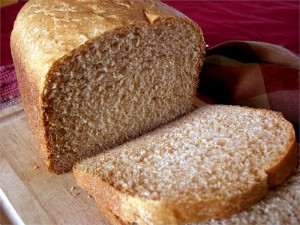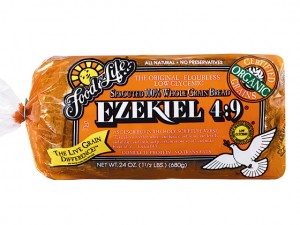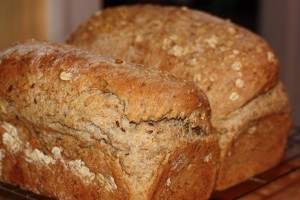 I’m a gay man, and I eat bread.
I’m a gay man, and I eat bread.
This isn’t a confession. This isn’t an admission of guilt. In fact, it’s quite the opposite. I eat bread. I eat carbs. And so can you.
Years ago, I was getting dinner with some gay friends. Something went wrong with our order and the kitchen brought us a complimentary bowl of lo mein noodles. The gaggle of gay men laughed nervously, as though a Trojan horse had somehow made its way into our company.
“No one is going to eat that,” they told the confused waiter.
But they were wrong. I ate it. Because it was lo mein, and lo mein is fucking good.
And the only thing better than lo mein, is free lo mein.
Of course, this story isn’t unique. It has unfolded, in one variation or another, countless times at the tables - and in the minds - of gay men everywhere.
We all know that foods like bread, pasta and noodles contain carbohydrates. It’s a commonly held belief that carbs make you fat, and that being fat is a terrible thing. Both of these assumptions are inaccurate.
As it turns out, we need carbohydrates for proper bodily functions. The USDA recommends that 45% - 65% of our calories come from carbohydrates because:
- Carbs are the body’s main fuel source.
- Carbs are needed for the central nervous system, the kidneys, the brain and muscles (including your heart) to function properly.
- Carbs are important to intestinal health and waste elimination.
When you go to the gym, it’s carbohydrates that allow you to power through your workout and that fuel your results. When you’re studying for a test, it’s carbohydrates that help you focus. Without carbs, fatigue, constipation and even ketosis can result.
In other words, carbohydrates are really, really important. Carbs don’t make you fat; they make you healthy (especially when you opt for complex carbohydrates).
Liberate yourself from the prison of carb-free life. Eat bread. Have an occasional bowl of lo mein noddles. Be healthy. Most importantly, enjoy life.







 When selecting a bread while grocery shopping, have you ever noticed that in addition to white, whole wheat and the many other varieties of bread, there’s a bread option called white whole wheat (or sometimes white whole grain)?
When selecting a bread while grocery shopping, have you ever noticed that in addition to white, whole wheat and the many other varieties of bread, there’s a bread option called white whole wheat (or sometimes white whole grain)?



